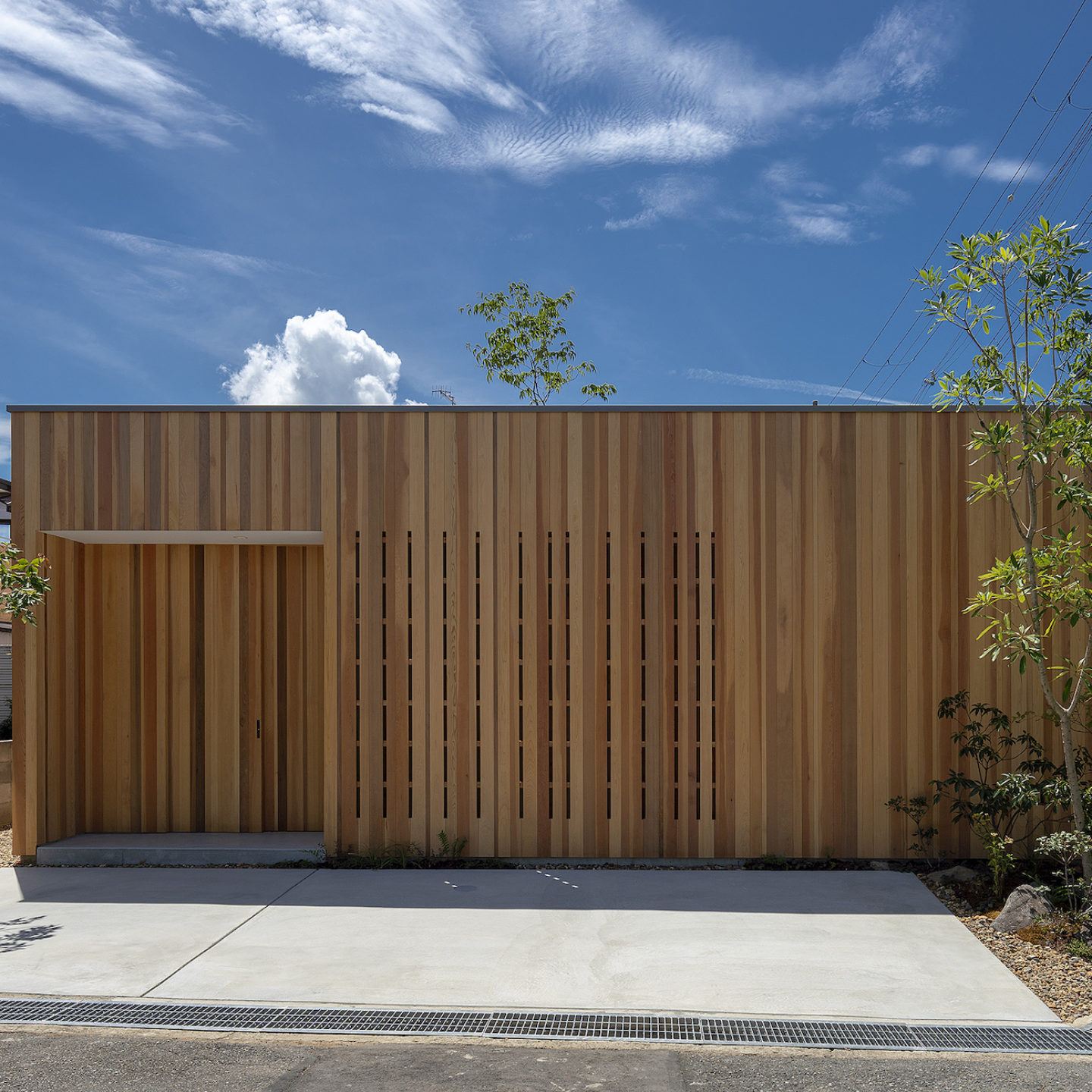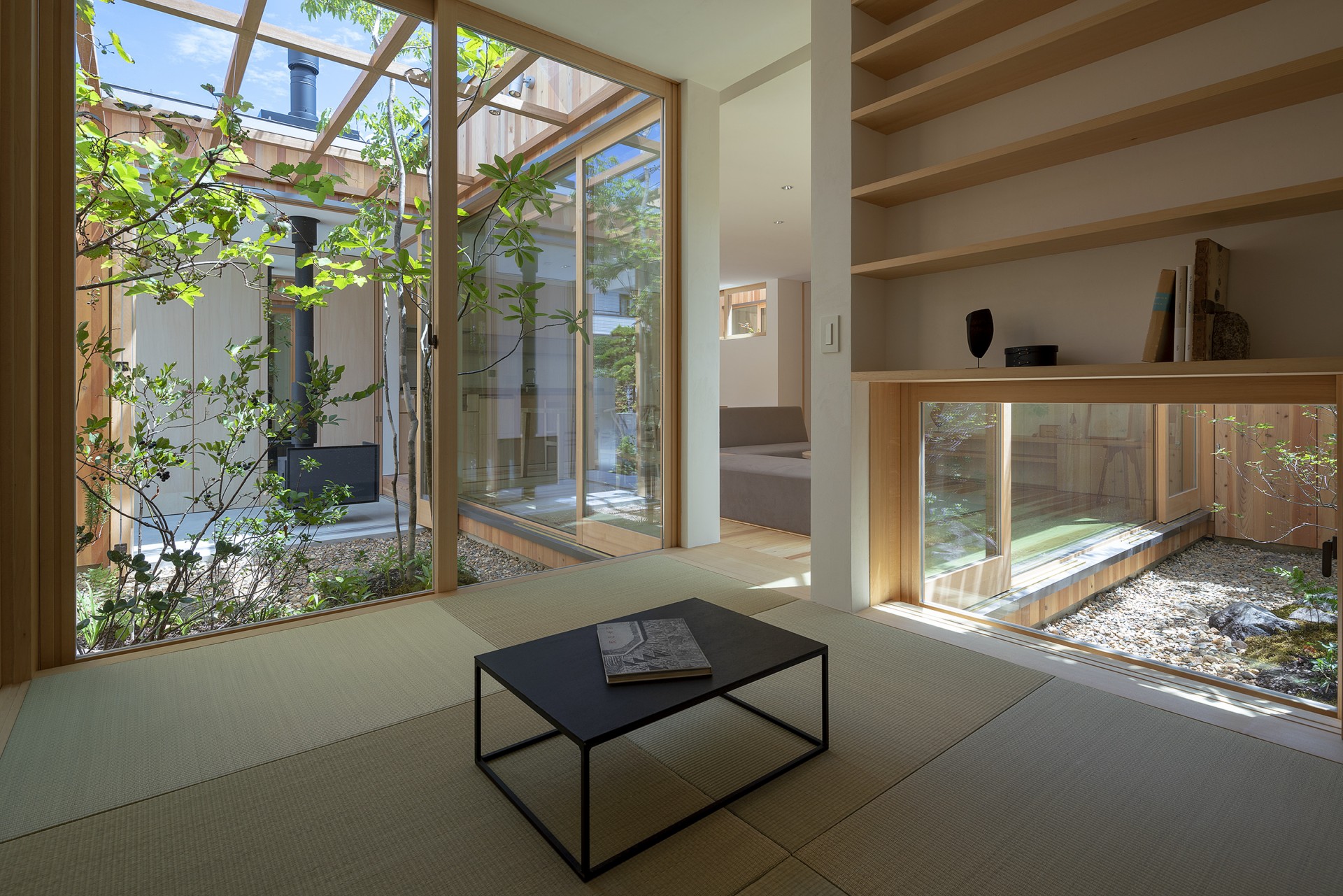Table Of Content

From the outside, you wouldn’t guess the home has three courtyards. Each room shares a visual connection created by white walls and brown wood floors. Japanese homes are small and compact, like this design by Takeru Shoji Architects. Located in Nigata, Japan, the house covers a space of just over 100 square meters.
Bedroom House – ID 1001
Her sculptures and photographs evoke tangled feelings about time, impermanence, bodies and our relationship to nature. For her, these lofty themes are rooted not in philosophy or religion, but in the process of making things — and the “conversations” with materials that result. Grass building is from design studio Ryo Matsui Architects.
Bedroom House – ID 1002
Get our big stories about Hollywood, film, television, music, arts, culture and more right in your inbox as soon as they publish. The Japanese government passed a law in 2001 that restricted how deep a home could be. Residential homes do not have basements, but they are present in high-rise buildings. A famous type of wood used in traditional Japanese construction is Japanese cypress, which is called “hinoki.” This wood is selected for its high resistance to rot, clear grain, and support strength after aging.
Bedroom House – ID 1004
The artist blows and sculpts these fluid materials into forms bearing the literal imprint of her body’s breath and touch. She regularly makes unique life casts of her hands, subtly marking time as fingernails grow and lifelines deepen. In Hokuriku home architecture, the living room is the “doma.” This is where people interact with guests.

Although her works might appear spontaneous, Akashi says they are the cumulative result of many carefully considered decisions. “I don’t tend to do a drawing of a finished form,” she says. “I do different steps in the process, and then I want to see what that leads to.” She admits that sometimes the result is failure, like a glass work that shatters or a piece that isn’t ready for prime time. “You don’t know if it’s going to end up in a show or like, in the garden,” she laughs. Interior Cabinet Views; They depict the overall design and layout of kitchen cabinets.
His dreamy art is like nothing you’ve seen before — and explores identity in L.A.
The home shuts out sunlight during the summers and yet allows it in during the winters. A wind chimney helps with ventilation and controls indoor temperatures. The exterior follows a simple aesthetic, as the colors are from the same palette as the interior colors. The open living area connects the main courtyard and a wooden deck designed to make the transition smooth and natural. Making this connection was especially important because Akashi’s grandparents and father didn’t speak much about their wartime experiences and had passed away before she began the project. She does have some family photographs taken in the camp, some of which include trees.
Akashi-Kama: A mixture of Japanese aesthetic and modern American streetwear - Nichi Bei Weekly
Akashi-Kama: A mixture of Japanese aesthetic and modern American streetwear.
Posted: Thu, 21 Nov 2019 08:00:00 GMT [source]

Throughout the tall and narrow structure, large sliding doors function as space dividers. The top floor features a grassy area that contrasts with the surrounding white concrete walls. The kitchen and dining room are located on the first floor. When designing the new house, the location was surveyed to determine wind conditions so the designers would know where to position the openings, allowing for the most wind to pass through the home. Kelly Akashi (born 1983, Los Angeles) lives and works in Los Angeles. She earned her MFA from the University of Southern California.
Mike's adventures in art: Solaris, Formation, Fantasy A - KUOW News and Information
Mike's adventures in art: Solaris, Formation, Fantasy A.
Posted: Fri, 30 Jun 2023 07:00:00 GMT [source]
External aluminum blinds, high-performance sliding wooden window frames, and heat insulating screens enhance the home’s ability to maintain insulation and airtightness. The narrow concrete structure includes the main entrance, an overhanging block, and a second section at the rear clad in corrugated metal. The open design is protected from the sun, so it stays cool during summers.
The interior design is simple and features minimalist decor. As you enter the home, you’re greeted by a black wood-burning stove, tatami room, and garden space. A sheltered terrace on the upper floor is a hallmark of Japanese interior design. The following homes showcase the latest in residential Japanese architecture and design. If you were asked, “What does a modern Japanese house look like? Today, we’re going to show you eight homes that represent the forefront of Japanese architecture.
Situated in the heart of Tokyo, this six-story tall building houses residential, commercial, and retail spaces. The ground floor has a garden that includes trees and various greenery, and two sides that provide easy access. Inside, courtyards separate the three volumes that function as living spaces. The rooms inside this wooden bungalow are simple and almost modest, embracing a classic Japanese style. 6.Doors and Windows schedule; The schedule gives heights, lengths and levitation of windows and doors.
She selected several of these to reproduce in the exhibition catalog alongside images shot during her visits. Tree branches and pine cones from Poston have also found their way into her sculptural work as bronze casts, witnesses to the incarceration and the decades that have unspooled since. The spacious kitchen and dining area overlook the interior second garden, separated by a glass sliding door.
3.Roof Plan; The roof plan depicts the roof type and slope of each plane. Roof Plan; The roof plan depicts the roof type and slope of each plane. A separate bathroom space for the toilet features a compacted and elongated design. Interior spaces bordered with long corridors and narrow layouts uphold Japanese design elements.

No comments:
Post a Comment